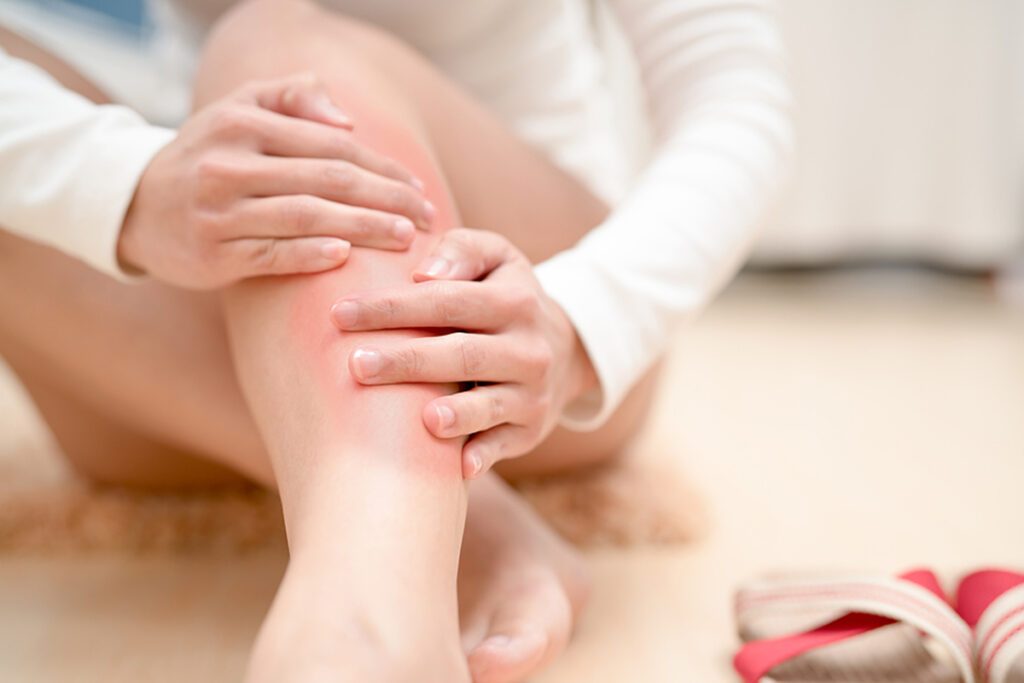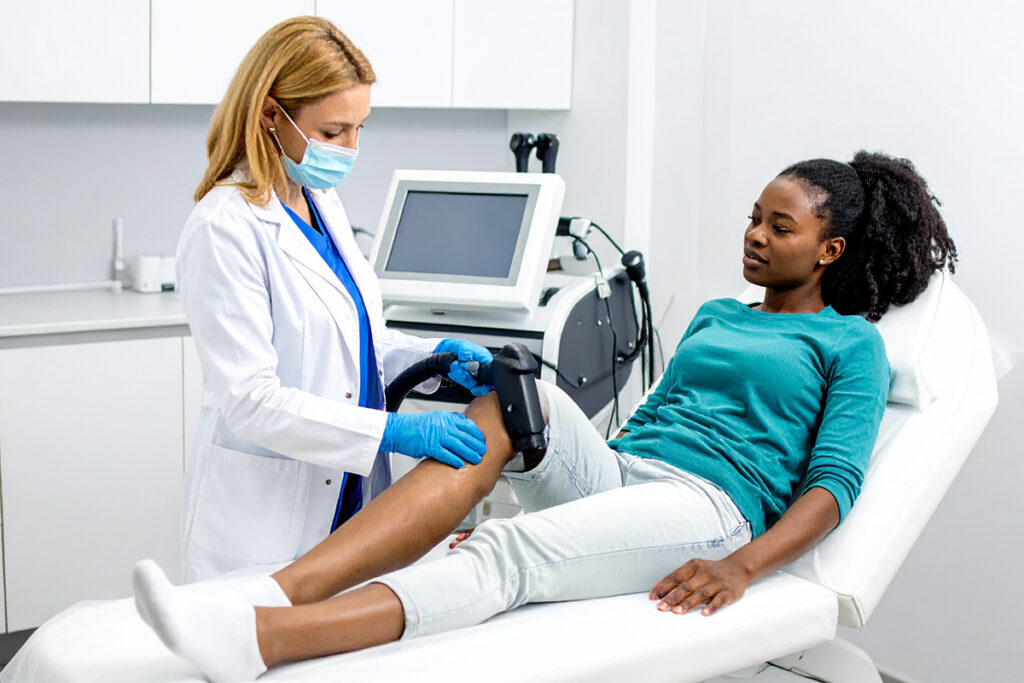
Blame Your Hormones (and Your Phone)
By: Dr. Amy Conner, Optometrist at Focal Point Vision
Did you know that nearly 16 million Americans suffer from dry eye disease and the majority of them are women? In fact, women are twice as likely as men to experience dry, burning, or irritated eyes, especially after age 40.
Did you also know that your weepy eyes might actually be a sign that they’re too dry? It sounds backward, but excessive tearing is one of the most common signs of dry eye disease—a condition that disproportionately affects women. From shifting hormones to screen-heavy lifestyles, there’s a perfect storm working against your eyes. And if you’ve ever found yourself blinking hard to clear blurry vision or reaching for eye drops mid-Zoom call, your body might be telling you it’s time to take dry eye seriously.
Dry eye may sound like a minor annoyance, but for many, it can be a daily source of discomfort that interferes with reading, driving, working on a computer, or even enjoying time outdoors. Understanding why it happens—especially in women—and knowing how to treat it can make a world of difference.
The Hormone Connection
Women are disproportionately affected by dry eye, particularly after the age of 40. That’s no coincidence. Hormones—especially estrogen and androgens—play a major role in tear production and eye surface health.
During menopause, estrogen levels drop significantly, while androgens (which help stimulate oil-producing glands in the eyelids) also decline. This hormonal shift leads to changes in the tear film, especially a decrease in the lipid (oil) layer that normally prevents tears from evaporating too quickly. As a result, the eyes lose moisture faster than they can replenish it, leading to dryness and inflammation.
Even younger women may notice eye discomfort during certain points in their menstrual cycle, pregnancy, or while taking hormonal birth control. Hormonal fluctuations during these times can subtly reduce tear volume or alter tear composition, making the eyes more sensitive to dryness.
Screens and Staring: A Modern Epidemic
Beyond hormones, our modern digital habits are only making things worse. The average person blinks 15–20 times per minute—but that number drops by half or more when staring at a screen. Fewer blinks mean the tears don’t spread evenly across the eye, and the meibomian glands (which release oils that keep tears stable) get underused and can start to clog.
Between laptops, phones, tablets, and TVs, our eyes are rarely off-duty. For women juggling careers, caretaking, and personal screen time, it’s no surprise that dry eye is more than just a passing complaint—it’s a chronic condition.
Treating Dry Eye: A Stepwise Approach
The good news? Relief is within reach. Dry eye treatment follows a stepwise pathway, beginning with gentle interventions and progressing to more advanced therapies depending on the severity of symptoms.
1. Mild Dryness – Artificial Tears:
For occasional or mild dryness, over-the-counter lubricating eye drops (aka artificial tears) can provide temporary relief. Choose preservative-free versions if you’re using them more than four times a day, as preservatives can irritate the eyes over time.
2. Moderate Dryness – Topical Medications and Sealants:
When symptoms persist despite artificial tears, prescription eye drops such as Restasis (cyclosporine), Xiidra (lifitegrast), or Cequa (a higher-strength cyclosporine) may be prescribed. These medications reduce inflammation and help restore the eye’s natural tear production.
Newer therapies like Miebo target the evaporative form of dry eye by stabilizing the lipid layer of the tear film. Miebo is applied like an eye drop but works by sealing moisture in and preventing rapid tear evaporation—particularly helpful for women with meibomian gland dysfunction induced by working on electronics all day.
3. Severe Dryness – Advanced Therapies:
For chronic or severe cases, especially those not responding to medications, more intensive options are available. Intense Pulsed Light (IPL) therapy uses controlled light pulses to open up clogged oil glands and reduce inflammation. Scleral lenses, large contact lenses that vault over the cornea and bathe it in fluid all day, are another game-changing solution. In the most stubborn cases, autologous serum tears—eye drops made from the patient’s own blood serum—can promote healing and restore comfort.
You Don’t Have to Live with It
Dry eye may be common, but it’s not something you have to put up with. Women, in particular, should be aware of how their hormones, lifestyle, and screen time habits may be contributing to the problem. Early treatment can prevent long-term damage and bring much-needed relief.
If your eyes often feel dry, burning, or sensitive, talk to your eye doctor. With the right plan, you can get back to enjoying clear, comfortable vision—without the constant irritation.





